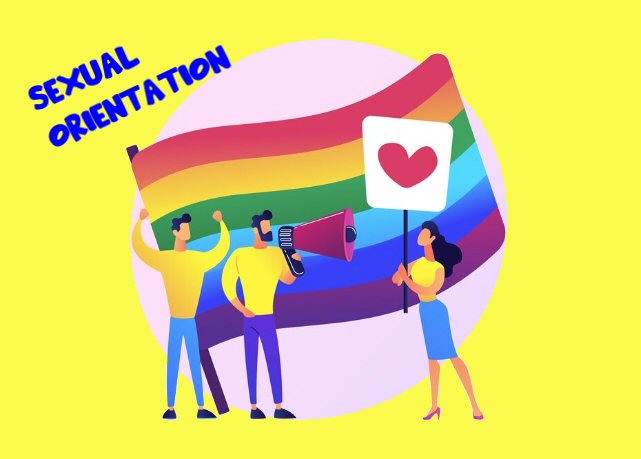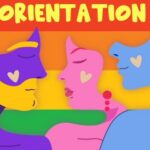An introduction to sexual orientation
An introduction to sexual orientation
 An introduction to sexual orientation. Sexual orientation refers to a person’s enduring emotional, romantic, and sexual attraction to individuals of a particular gender.
An introduction to sexual orientation. Sexual orientation refers to a person’s enduring emotional, romantic, and sexual attraction to individuals of a particular gender.
It’s an intrinsic aspect of an individual’s identity and can play a significant role in shaping their relationships, self-concept, and overall well-being. Sexual orientation is not a choice; rather, it’s a natural and fundamental aspect of human diversity.
There are several primary sexual orientations that people may identify with.
Here’s the basics.
Heterosexuality
Heterosexual individuals experience attraction to members of the opposite gender which is often referred to as being “straight.”
Homosexuality
Homosexual individuals experience attraction to members of the same gender. This is often referred to as being “gay” (for men) or “lesbian” (for women).
Bisexuality
Bisexual individuals experience attraction to both members of their own gender and members of other genders.
Pansexuality
Pansexual individuals are attracted to people regardless of gender, focusing more on personality and individual qualities.
Asexuality
Asexual individuals experience little or no sexual attraction to others. However, they may still experience romantic attraction and form meaningful relationships.
Demisexuality
Demisexual individuals experience sexual attraction only after forming a strong emotional bond with someone.
Queer
This term is often used as an umbrella term to encompass various non-hetero-normative sexual orientations and gender identities.
It’s important to note that sexual orientation is a complex and multifaceted aspect of human identity. It’s not solely determined by genetics or biology, but also influenced by societal, cultural, and environmental factors.
Furthermore, a person’s sexual orientation may not always align with their sexual behaviour, as individuals may choose to act in ways that are inconsistent with their orientation due to various social pressures or personal reasons.
Respecting and understanding the diversity of sexual orientations is crucial for creating an inclusive and supportive society. Discrimination, stigma, and prejudice based on sexual orientation can have serious negative impacts on individuals’ mental health and well-being.
Many countries and regions have been working toward legal protections and social acceptance for individuals of all sexual orientations.
If you are looking to meet, chat and date with other people from the LGBTQIA+ communities,
take a look at these two sites:
See more about sexual orientation at Wiki
























